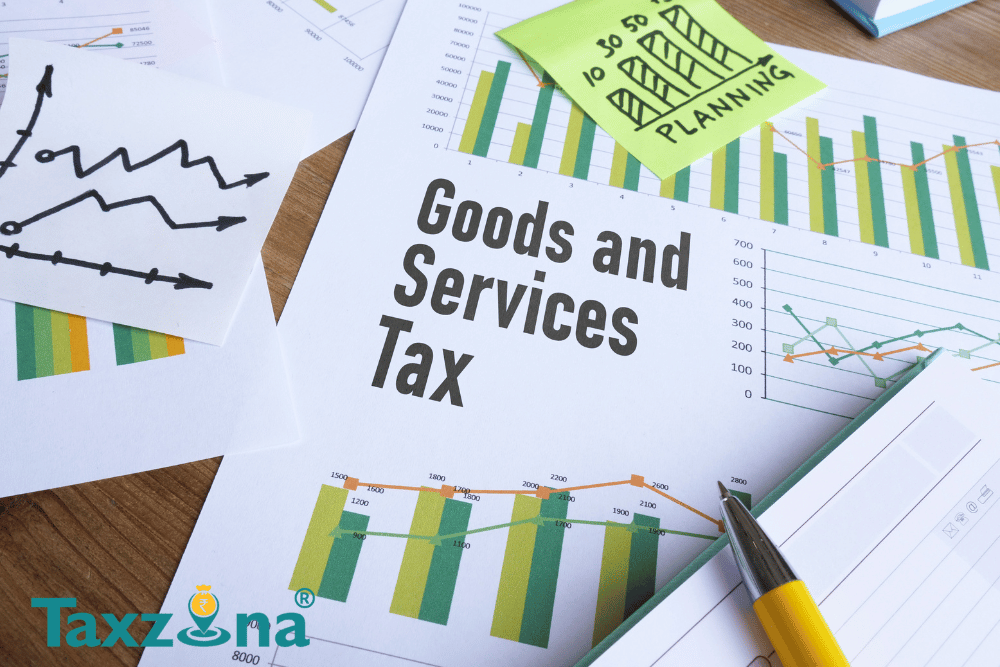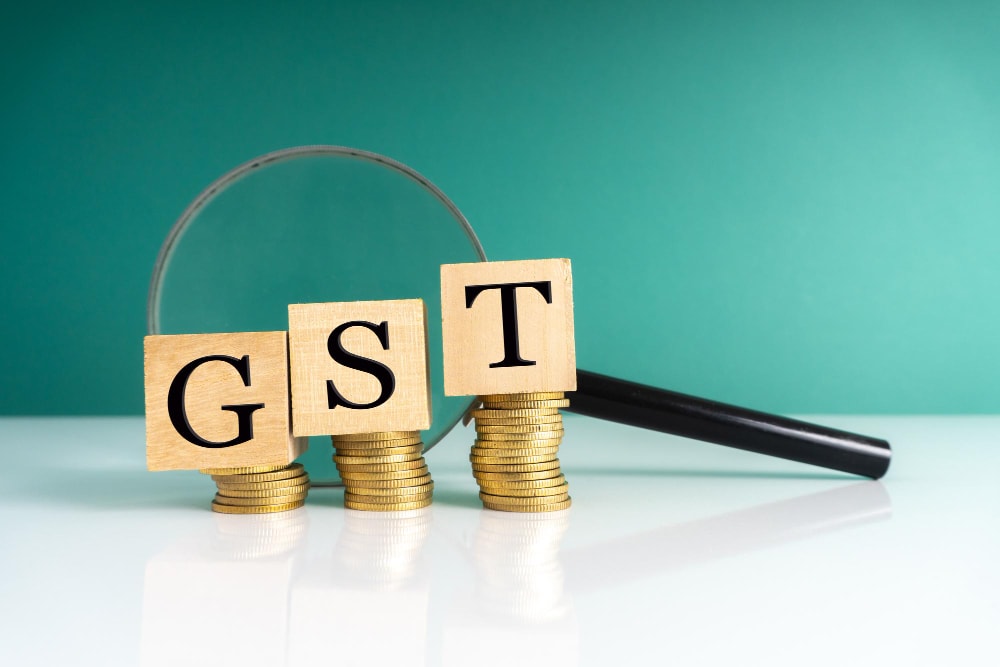Patna HC: Section 77 GST Refund Allowed for Wrong Head Tax Payment

1. Issue Involved
- The primary issue in this case was whether the limitation period for claiming a refund of tax wrongly paid under the incorrect head, i.e., CGST and SGST instead of IGST, should be reckoned from the date of the erroneous payment or from the date on which the correct tax was subsequently paid.
- The dispute centred on the applicability of Section 77 of the CGST Act, 2017, read with Section 19 of the IGST Act, 2017 and Rule 89(1A) of the CGST Rules, 2017, in contrast to the general refund provisions of Section 54 of the CGST Act, 2017.
Facts of the Case
- The petitioner, M/s Sai Steel, had filed all requisite returns (GSTR-1, GSTR-3B, and GSTR-9) for the financial year 2017-18 and paid taxes, treating certain transactions as intra-State supplies, thereby discharging CGST and SGST.
- Subsequently, during an audit under Section 65 of the BGST/CGST Act, the transactions were determined to be inter-State in nature, requiring payment of IGST. Complying with the audit observation, the petitioner paid IGST of ₹5,08,195 on 04.03.2023 via DRC-03.
- Following this, the petitioner filed an application for a refund of the earlier wrongly paid CGST and SGST (₹2,54,097 each) on 17.01.2024. The refund claim was rejected by the department on 06.05.2024 on the ground of limitation, contending that the claim should have been filed within two years from January 2018 (date of original payment).
- Aggrieved, the petitioner approached the High Court, asserting that Section 77 specifically governs such situations and the limitation period should be reckoned from the date of payment of correct tax, i.e., 04.03.2023.


3. Observations of the Court
- The Court observed that Section 77 of the CGST Act and Section 19 of the IGST Act are special provisions dealing with the refund of tax wrongly paid under an incorrect head, distinct from the general provisions of Section 54.
- The Court emphasised that Circular No. 162/18/2021-GST dated 25.09.2021, issued by the CBIC, clarifies that the two-year limitation period is to be calculated from the date of payment under the correct head, not from the date of erroneous payment.
- The Court noted that the departmental order failed to consider these special provisions and the binding circular, instead wrongly applying Section 54.
- Further, the Court cited the Jharkhand High Court ruling in Gajraj Vahan (P.) Ltd. (2023-VIL-295-JHR), which held similarly that the limitation should be computed from the date of payment under the correct head.
- The Court held that adopting the department’s approach would render Section 77 and the circular redundant, which is impermissible.
4. Judgment of the Court
- The High Court held that the rejection of the refund by the Joint Commissioner was illegal and unsustainable. It set aside the impugned order dated 06.05.2024 and directed the department to refund the wrongly paid CGST and SGST amounts, along with interest at 6% per annum from three months after the refund application was filed until the date of payment.
- The Court also awarded litigation costs of ₹10,000 and directed that the refund and interest be processed within three months of receipt of the order. Accordingly, the writ petition was allowed.
5. Case Law Relied Upon
The Court relied upon the judgment of Gajraj Vahan (P.) Ltd. v. State of Jharkhand, 2023 SCC OnLine Jhar 3929 / 2023-VIL-295-JHR, wherein it was held that refund claims under Section 77 are to be calculated based on the date of payment under the correct head, as clarified in Circular No. 162/18/2021-GST.
6. Key Learnings from the Judgment
- This judgment underscores several key principles. Firstly, special provisions like Section 77 prevail over general provisions such as Section 54 in cases of wrong head tax payments.
- Secondly, the relevant date for limitation in such cases is the date of payment of correct tax, ensuring fairness to taxpayers.
- Thirdly, departmental circulars clarifying statutory provisions are binding and must be followed by authorities.
- Lastly, this decision aligns with judicial precedents like Gajraj Vahan(supra), ensuring consistent interpretation across jurisdictions.
7. Conclusion
The Patna High Court’s decision reaffirms that taxpayers who inadvertently pay tax under the wrong head are entitled to refunds under Section 77 of the CGST Act or Section 19 of the IGST Act, and the limitation period must be reckoned from the date of payment under the correct head.
The ruling prevents misuse of general limitation provisions to deny legitimate refunds and ensures compliance with both statutory intent and CBIC clarifications.
Recent Post
Have Any Question?
Our experts at Taxzona are here to help you with GST, Income Tax, and all your financial queries. Get reliable guidance tailored to your business and personal needs.

